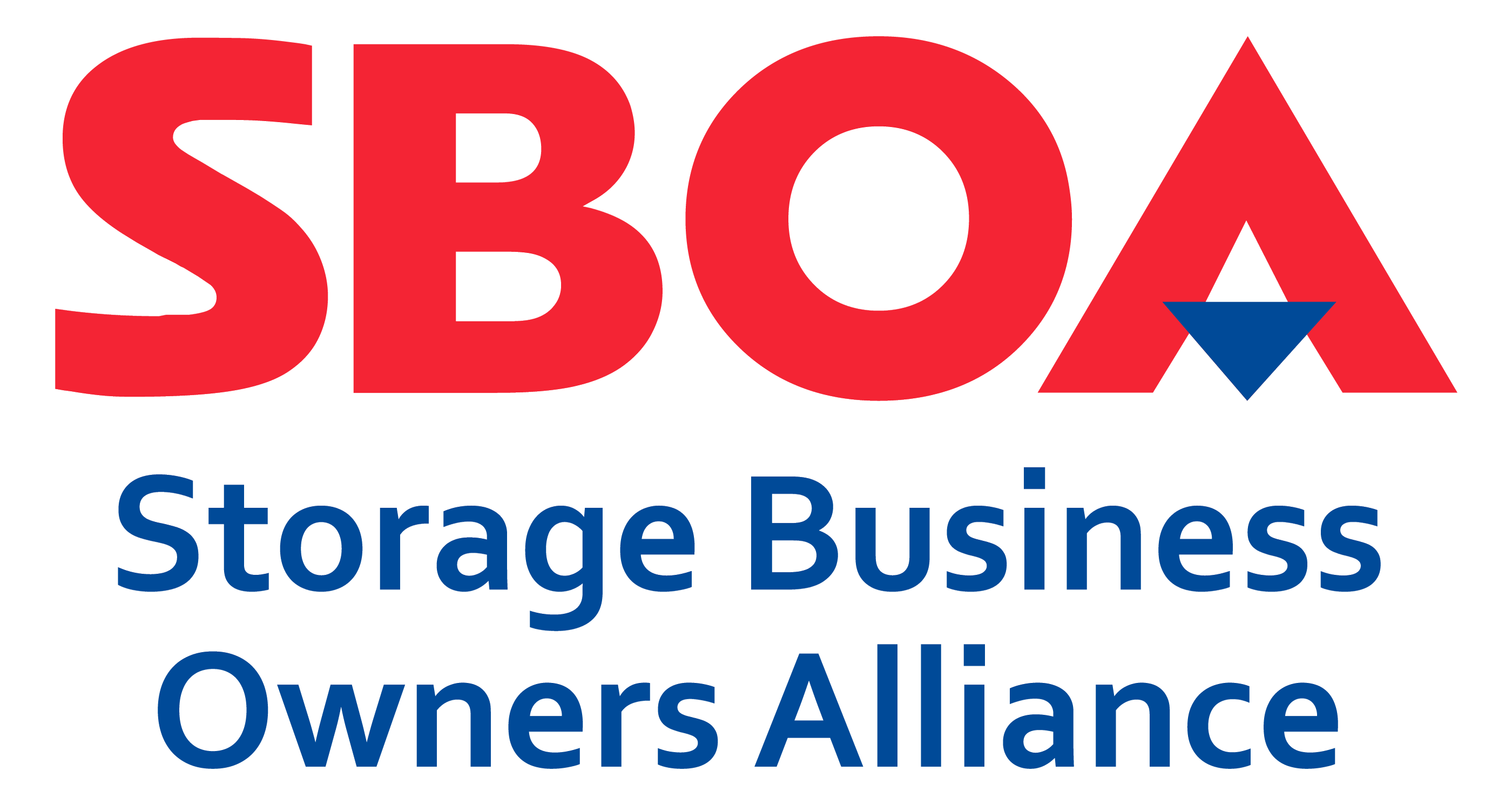Business Planning in a Time of Crisis
2020 has been a pivotal year for many businesses across our country. The novel coronavirus and its subsequent impacts have caused wide-ranging damage that no one could have anticipated. As a leading business lender, Live Oak Bank has been on the forefront of federal financial rescue efforts for small businesses, most important of which has been the Payroll Protection Program, better known as PPP. Our team worked diligently to keep up with the incoming applications. In a race to get them approved and closed before funding ran out, we noted some important lessons about business planning that would apply to any urgent situation.
2020 has been a pivotal year for many businesses across our country. The novel coronavirus and its subsequent impacts have caused wide-ranging damage that no one could have anticipated. As a leading business lender, Live Oak Bank has been on the forefront of federal financial rescue efforts for small businesses, most important of which has been the Payroll Protection Program, better known as PPP. Our team worked diligently to keep up with the incoming applications. In a race to get them approved and closed before funding ran out, we noted some important lessons about business planning that would apply to any urgent situation.
Business owners who succeeded in getting loans approved, for all their individuality, had several traits in common. They were prepared for emergencies, had all their business paperwork in order and readily accessible by more than one person, and had strong ties with capable accountants and attorneys who were on call to assist. These are business planning practices that everyone can benefit from, especially when emergencies arise. And since one never knows precisely when emergencies will arrive—whether that means hurricanes, power outages or pandemics—it’s valuable to have these practices in place, and well-rehearsed by staff, at all times. Here are some ideas that every small business owner can use to strengthen his or her own business.
1) Your business is your most important client.
Business owners who quickly and easily secured loans were focused on their business long before this public health crisis. They didn’t have to scramble—or at least not much. The pandemic proved how important it is to have business plans, continuity plans, up-to-date technology and a well-trained staff that could continue working, even if they and their customers all had to stay home. They could apply for the loans they needed and get the money. Running your business well is a practice that paid off, big time, under the stress of COVID-19. As we emerge from this crisis, the value of good business planning will continue to pay off.
2) Continuity plan. Make it, practice it, update it.
Some businesses may have had a continuity plan in place, but many plans are pretty rudimentary. A strong business continuity plan will take into account those times you don’t want to hand over your business—a disaster plan rather than an endgame. It provides remote access to business records, a communications plan for customers, staff, vendors and strategic partners as well as a chain of trusted employees who are authorized to be a point of contact if the principals are not available. Then you need to schedule periodic “fire drills” to work out any possible kinks in the plan and update it to reflect changes in the staff or structure of your firm.
Here’s an example: a business owner was diagnosed with COVID-19. Even sending a text to a client would exhaust him. Thankfully, he had organized and digitized his business papers and deputized a trusted employee to deploy them in his place. She was able to access the company records, fill out the necessary forms and sign them while she worked from home—and we were able to lend to the business through PPP.
3) Documents matter much more than you’d like to think.
One of the most frustrating aspects of the PPP program—for businesses and bankers alike—was that it required filling out multiple forms and providing specific business filings. When you’re dealing with financing, particularly government financing, details really matter. There are rules and laws. If you don’t have exactly what the government wants, talk to your loan officer before you send in a substitute that most likely won’t be accepted. Save everybody some time, especially yourself.
Many business owners had not digitized their business forms nor kept them up to date. As a result, this took up precious time, and some even missed loan deadlines. For example, some businesses had taken on new partners but not updated their organizational documents to reflect the change in ownership. Others had fictitious name registrations (in other words, a DBA) that had expired. These slip-ups made it impossible for them to qualify for a PPP loan. In fact, they could very likely derail any loan application, or set it back for the many weeks it would take to update the state filings.
This is a great time to make sure that your business papers are all up-to-date and digitized. While you’re at it, work with your CPA and attorney to make sure that the entity structure of your business is appropriate. For instance, as your business has evolved, you may want to consider transitioning from an LLC or S-corp to a conventional corporation. The conditions under which you would change your entity structure is a worthwhile conversation to have with your CPA, before you actually need to do it.
4) Make sure your own team of business advisors is up to snuff.
The PPP program was a test for many, regardless of industry. Those whose CPAs and attorneys were available, informed and organized were most likely to succeed at getting loans. The best CPAs were able to provide documents, fill in blanks and answer questions about entity structure when needed—and that could make the difference. They were also staying on top of SBA rules that were constantly evolving during the program. If your advisors were not on top of the issues, now might be the time to shop for new ones.
5) Remote technology is a new essential.
The COVID-19 crisis is not the first disaster to separate people from their traditional office spaces and work habits. Nor will it be the last. Those who had invested in remote technology and virtual meeting capabilities were able to continue serving clients and barely miss a beat. Forward-thinking businesses have been virtualizing their offices for several years, to enhance both efficiency and flexibility. Now, that habit is paying off, and the trend may well accelerate in the years to come.
At Live Oak Bank, the lending process is almost completely virtual. Borrowers can securely submit business documents online and communicate with loan officers virtually, which makes the entire application process efficient and more convenient. Of course, at some point they will meet with a banker: SBA regulations require that Live Oak inspect the business, as does common sense. Nevertheless, the bank operates nationally with only a handful of offices.
As the nation continues to emerge from the COVID-19 pandemic, we will surely learn more about what business practices are most productive. But we have already figured out some of the best practices for business continuity, and this particular crisis proved their value. Sadly, our world is never completely free of disaster. The best thing we can do is prepare, so we can be our most resilient. Business planning is the most effective thing a business owner can do to be ready for the future, no matter what it entails. At Live Oak Bank, we are committed to helping our clients fully prepare for the next unforeseen crisis.
Source: https://www.liveoakbank.com/small-business-resources/business-planning-in-a-time-of-crisis/


